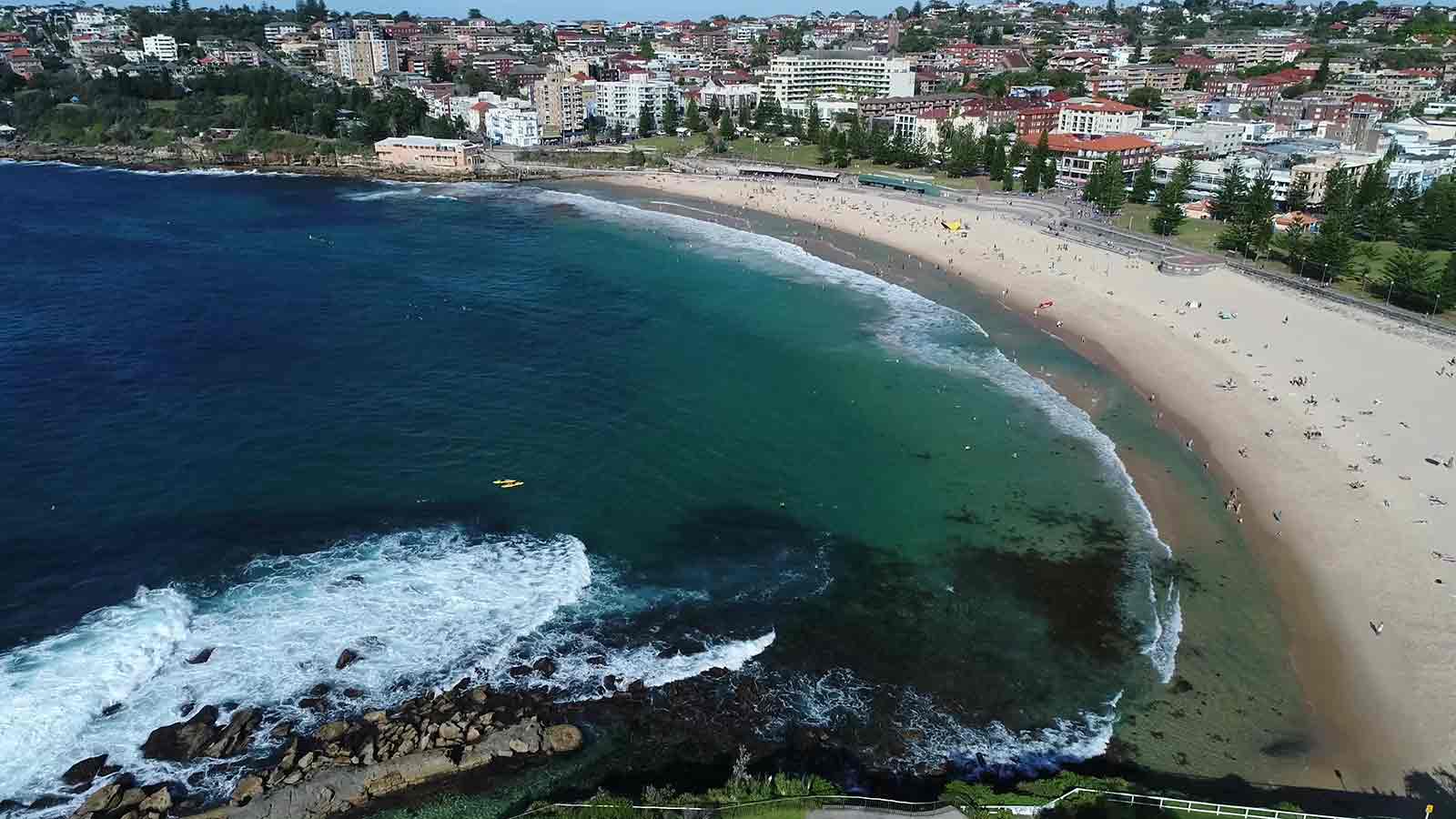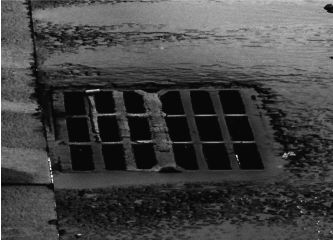


Beach pollution ends here

Let's take a journey
down the drain
Scroll down to start the drain journey
Scroll down to start the drain journey

Plastics, paper, cans and cigarette butts often end up in stormwater. Council's pollutant traps capture many larger items, but not pathogens, chemicals, microplastics and particles such as tyre abrasion and road wear.

Stormwater often contains a toxic mix of chemicals from urban areas including vehicle exhaust particles, oils, detergents and fertilisers. These micro items and chemicals cannot be filtered and discharge at local beaches.

Washing paint brushes and buckets in drains connected to the stormwater system is a significant visual polluter of local beaches often resulting in milky sediment visible in the water.

Uncollected dog poo from parks, footpaths and streets is washed into the stormwater system during heavy rain. It contains bacteria and is high in nitrogen and phosphorus which negatively affects water quality at our beaches.

A significant pollutant of stormwater is organic material such as soil, sediment, leaves and garden clippings. Large quantities of decaying organic matter in water can take oxygen away from the water which can affect plants, fish and other animals. The pollutants captured by Council's gross pollutant traps are about 70% organic and soil matter.

Sydney's sewerage system is designed to overflow when there are high volumes or blockages caused by tree roots or debris to prevent raw sewage from backing up into homes. The sewage overflows into Council's stormwater system which then discharges at local beaches creating a health hazard.

Plastics, paper, cans and cigarette butts often end up in stormwater. Council's pollutant traps capture many larger items, but not pathogens, chemicals, microplastics and particles such as tyre abrasion and road wear.

Stormwater often contains a toxic mix of chemicals from urban areas including vehicle exhaust particles, oils, detergents and fertilisers. These micro items and chemicals cannot be filtered and discharge at local beaches.

Washing paint brushes and buckets in drains connected to the stormwater system is a significant visual polluter of local beaches often resulting in milky sediment visible in the water.

Uncollected dog poo from parks, footpaths and streets is washed into the stormwater system during heavy rain. It contains bacteria and is high in nitrogen and phosphorus which negatively affects water quality at our beaches.

A significant pollutant of stormwater is organic material such as soil, sediment, leaves and garden clippings. Large quantities of decaying organic matter in water can take oxygen away from the water which can affect plants, fish and other animals. The pollutants captured by Council's gross pollutant traps are about 70% organic and soil matter.

Sydney's sewerage system is designed to overflow when there are high volumes or blockages caused by tree roots or debris to prevent raw sewage from backing up into homes. The sewage overflows into Council's stormwater system which then discharges at local beaches creating a health hazard.
ends here Scroll down to learn about the storm water system
ends here Scroll down to learn about the storm water system
system explained
difference
Beach pollution starts at the drain, but it can end with you.
Everybody is responsible for keeping our beaches clean.

- Bin your cigarette butts
- Pick up your dog's poo
- Sweep up leaves, clippings and soil
- Wash your car on the grass
- Drop off old paint tins to the Randwick Recycling Centre

- Use a broom rather than a hose
- Use non-toxic cleaning products
- Keep bin lids secure
- Provide ashtrays and bins
- Clean up water-based paint over soil

- Put rubbish in the bin
- Install rain water tanks
- Plant more gardens
- Stencil drains eg. 'Drains are for rain'
- Run a stormwater education workshop
There are 9,540 stormwater drains in Randwick City. Each one pollutes our beaches.
You can find out more about where drains on your street go and adopt one!
Adopting a drain is a fun and symbolic way of taking action against beach pollution.
It's free and easy and you can download a certificate of adoption!
Don't worry – you won't be responsible for cleaning the drain - it's just symbolic.
We'll publish a map of all adopted drains in the future.

To begin, enter your home address or use your location
Geolocation is not supported by your browser
OR
Please input your home address
The address is outside of Randwick City Council, please select another address or
Explore Randwick City Council area
Your drain is a junction pit.
This means it's taking up to 13,000 litres of water per hour.

Make a stand against beach pollution by symbolically adopting a drain. Fill out the following form and you can download a certificate of adoption and share it on social media.


Certificate of adoption

This certifies that _________ of _________ has on _________ adopted a stormwater drain in Randwick City.
Flows to:
As custodian of _________ aka _________, _________ is committing to take action to reduce stormwater pollution and increase water quality at out beaches.
Beach pollution starts at the drain, but we can all take steps to end it.

what council is doing
Randwick Council is working hard to protect our beautiful beaches and oceans. We are part of the solution to ending beach pollution. Here's what we're doing:
Our 35 gross pollutant traps (GPTs) remove about 300 tonnes of pollution from entering our beaches and ocean every year. About 80% of this waste is recycled.
About 450 million litres of stormwater is captured, filtered and used for watering parks and reserves every year. This process prevents polluted water entering our beaches, and saves Council about $1M in water costs.
Our beaches are groomed daily with 200 tonnes of rubbish and seaweed removed every year. Sweeper trucks clean streets picking up about 1,000 tonnes of rubbish a year which reduces pollution entering our beaches.